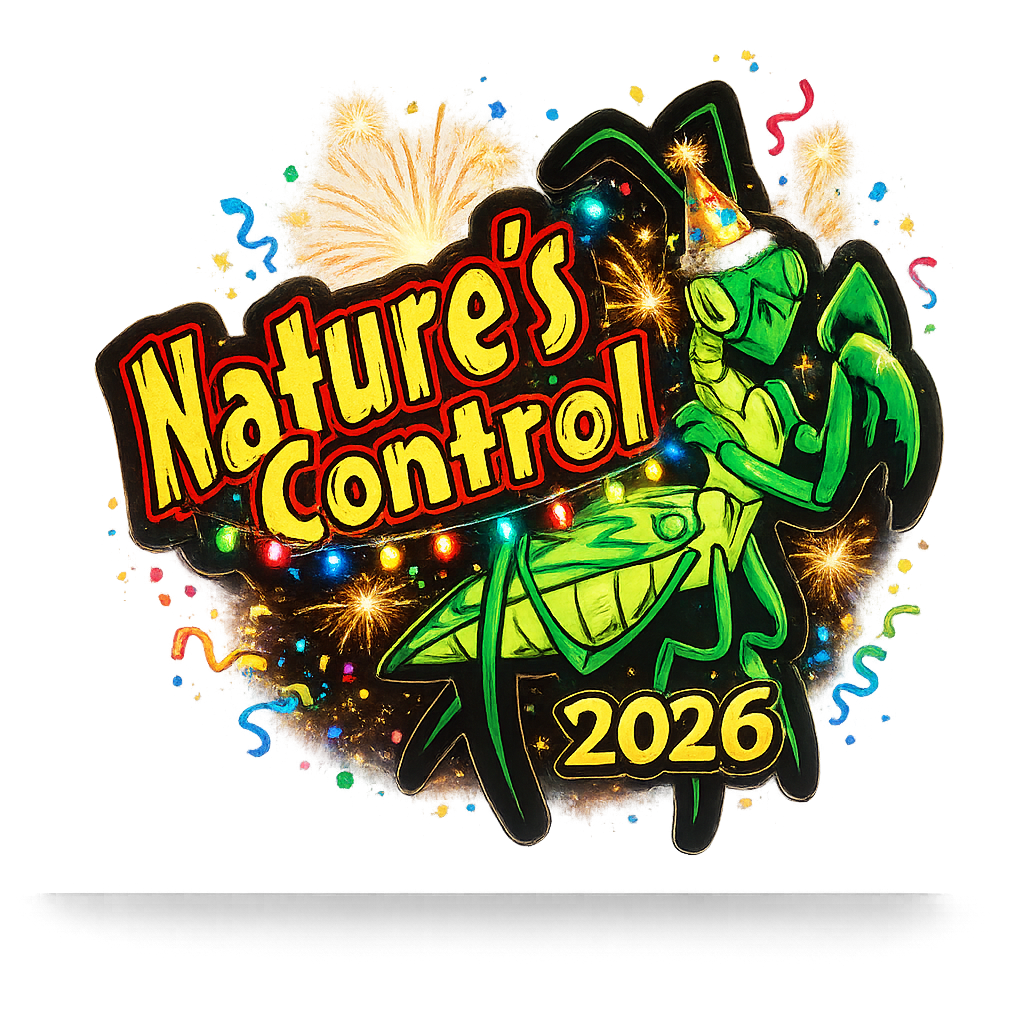Pest: Ants

The Troublesome Ants: A Threat to Gardens, Lawns, Greenhouses, and Farms
Ants, those eusocial insects belonging to the family Formicidae, can cause significant problems in gardens, lawns, greenhouses, and farms. While they don't directly harm plants, their activities have wide-ranging consequences for the ecosystem. These tiny creatures have an insatiable fondness for the sweet honeydew produced by Scales, Mealybugs, and especially Aphids. In fact, they go as far as herding these pests from plant to plant to encourage greater honeydew production. Moreover, ants diligently protect their captive herds from the natural predators introduced into the environment, making it crucial to control ant populations, especially when using Hired Bugs.
In addition to the problems caused by ants, these pesky insects can also construct nests within raised garden beds and grow bags. They can find their way under equipment that is infrequently moved, such as tanks and reservoirs. These hidden nests can create further challenges for ant control and management efforts.
To combat ant infestations in such scenarios, incorporating predatory nematodes has proven to be particularly effective. When applied to the soil, nematodes have the opportunity to encounter ant nests and the developing ant larvae within them. Predatory nematodes infect and kill ant larvae upon contact, disrupting the ant colony's lifecycle and gradually reducing the overall ant population. By targeting the vulnerable larvae stage, predatory nematodes can have a significant impact on ant populations, aiding in the management of ant infestations.
Moreover, entomopathogenic nematodes (EPN) have been found to possess an interesting deterrent effect on ants. When EPN infect and kill insects, including ant larvae, they release chemical cues that serve as signals to nearby ants. These chemical signals act as alarm pheromones, indicating the presence of a threat to the ant colony. In response, ants may exhibit avoidance behavior and relocate their nest to avoid the area where EPN are present. This relocation can help disrupt the ants' established foraging routes and reduce their impact on gardens, lawns, greenhouses, and farms.
To maximize the effectiveness of predatory nematodes and their deterrent effect on ants, proper application is crucial. Following the application instructions, providing sufficient soil coverage, and ensuring targeted treatment of areas with ant nests are essential steps. By strategically applying predatory nematodes and creating an environment where ants perceive a threat, there is a higher likelihood of deterring ants and potentially causing them to relocate their nest away from the targeted area.
It's important to note that different ant species may respond differently to EPN and their deterrent effect. Monitoring the ant population and considering repeated applications may be necessary to achieve long-term control and discourage ants from returning to the treated area.
When confronted with ant infestations, incorporating predatory nematodes into an integrated pest management approach offers a natural and targeted solution for controlling ants and effectively managing ant populations. By utilizing the deterrent effect of EPN, gardeners, farmers, and greenhouse enthusiasts can enhance their ant control efforts, minimizing the impact of ants on plants and fostering a healthier ecosystem.
Predatory Nematode Double Death Mix (1 Acre Coverage)
Most Effective Control For Soil Dwelling Pests: Predator Nematode "Double-Death" Mix..
Predatory Nematode Double Death Mix (1/4 Acre Coverage)
Most Effective Control For Soil Dwelling Pests: Predator Nematode "Double-Death" Mix..
Predatory Nematode Double Death Mix (Steinernema & Heterorhabditis)
Most Effective Control For Soil Dwelling Pests: Predator Nematode "Double-Death" Mix..
Showing 1 to 3 of 3 (1 Pages)

